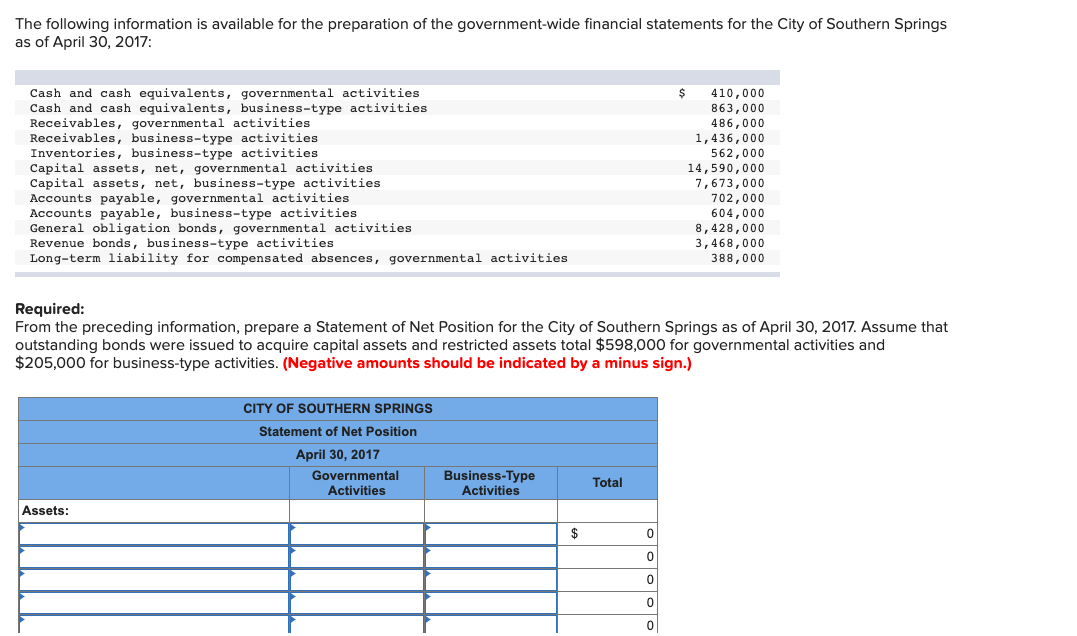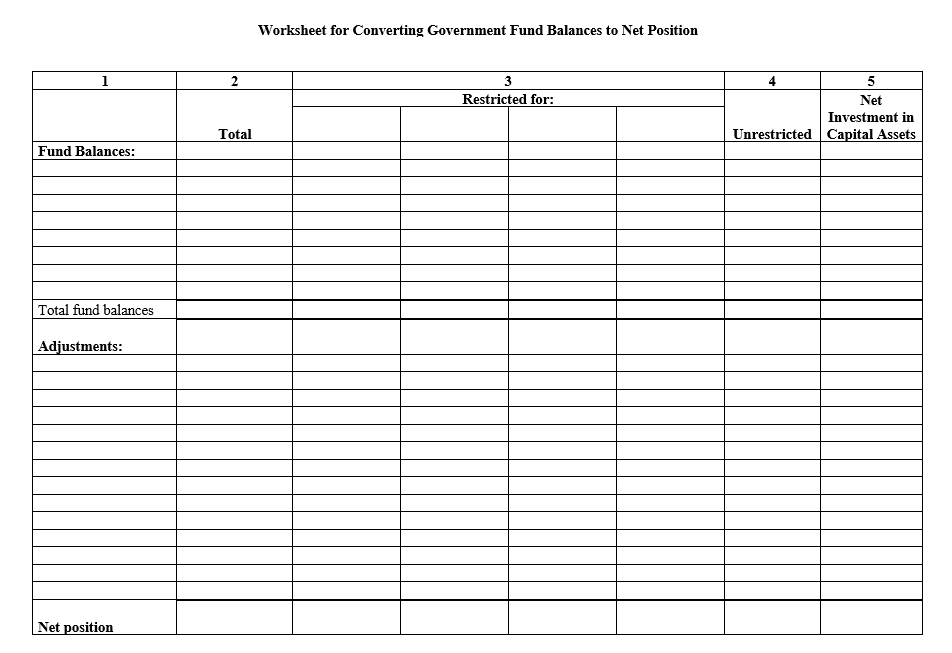
Lastly, providing restricted stock can be tax-efficient for the company and the employee, depending on the jurisdiction and the specific restrictions on the stock put in place. The financial reporting model for not-for-profit organizations was established in 1993 under SFAS 117, Financial Statements of Not-for-Profit Organizations. The most important consequence of SFAS 117 is that it put all private not-for-profit organizations under a single reporting format, which focused on the overall entity. Universities, museums, and religious organizations had previously reported by fund types, whereas hospitals and trade associations had focused on the consolidated entity.
What Is Restricted Cash on a Balance Sheet? With Examples
This donor is able to help the cause while ensuring their contribution is going toward the program that means the most to them. Companies often hold restricted cash for capital expenditures or as part of an agreement with a third party. Companies also frequently set aside cash designated as restricted in planning for a major investment expenditure, such as a new building. However, it comes with voting rights because the employee owns the stock immediately once it is awarded. In addition, though an RSU represents a right to stock, in some cases, an employee can elect to receive the cash value of the RSU instead. This is not the case for restricted stock awards, which cannot be redeemed for cash.
Need help managing your nonprofit’s restricted funds? We can help!
- Under current practice, many nonprofits treat governmental entity grants and contracts as exchange transactions, regardless of the substance of the grant or contract.
- Therefore, until the actual summer camp session rolls around, the registration fees are considered deferred revenue.
- Typically, restricted funds are not required to be placed into a segregated bank account, but they must be accounted for separately in a nonprofit’s financial statements.
Regular internal audits can help verify that funds are being used in accordance with donor intentions. Additionally, nonprofits should establish a process for re-evaluating donor agreements periodically, especially if the organization’s circumstances or the donor’s intentions change over time. (In most cases, this option is no longer permitted.) Contributions received for fixed-asset acquisitions will be recorded as net assets with donor restrictions.
Advantages and Disadvantages of Restricted Stock
When nonprofits write grant proposals, they should be specific when describing how the funds will help the organization and appeal to the grantor’s guidelines. These are the donations and contributions made to organizations without any earmarked direction. The organization can choose what their greatest need is for those funds, and allocate them as they see fit. That’s why it’s so important to understand restricted funds and the part they play in your organization’s budget. That way, you can make sure there is a balance between restricted and unrestricted funding, allowing your organization to prepare adequately and prevent misallocation of funding.

Nonprofit Statement of Financial Activities Template
Restricted cash and investments held by securities firms and trading and clearing exchanges for regulatory purposes are common in the finance sector. An NFP shall recognize the expiration of a donor-imposed restriction on a contribution in the period in which the restriction expires. A restriction expires when the stipulated time has elapsed, when the stipulated purpose for which the resource was restricted has been fulfilled, or both. It’s important to recognize the value they can bring to your organization as well as how to react to these challenges so that you can effectively manage your nonprofit’s financial resources.
Your nonprofit’s statement of activities shows how different revenues and expenses are categorized by your organization. Then, it’s further divided into three columns—unrestricted, temporarily restricted, and total funds. Meanwhile, temporarily restricted funds are bound either by a time limit or a specific purpose. Once the purpose is fulfilled or the time expires, these funds are released from restriction and placed in the unrestricted funding category.
Financial reporting requirements for nonprofit organizations are designed to ensure transparency, accountability, and compliance with regulatory standards. These requirements are not just about adhering to legal mandates but also about building trust with donors, stakeholders, and the public. Accurate and comprehensive financial reporting provides what are restricted assets a clear picture of an organization’s financial health and its ability to fulfill its mission. Also presented are sample note disclosures related to liquidity management and expenses (Exhibit 3). The liquidity management note will be new to most nonprofits and might require governing boards to adopt policies supporting these disclosures.
Nonprofit organizations play a crucial role in addressing societal needs, often relying on donations and grants to fund their activities. Effective financial management is essential for these entities to maintain trust with donors and ensure long-term sustainability. One key aspect of this financial stewardship involves managing restricted net assets. Permanently restricted assets are funds of a nonprofit organization that must be used in designated ways and whose principal cannot be touched. The income that the principal amount earns goes toward funding the stated wishes of the donor(s). Donations of such assets are not uncommon, as individuals, groups or organizations making the donations may have certain preferences as to how the assets donated are used by the nonprofit entity.
These funds are often placed in endowments, where the principal amount remains intact, and only the investment income generated can be used for specific purposes. For example, a donor might establish a scholarship fund that requires the principal to be preserved, with the interest earned used to award scholarships annually. Managing permanently restricted net assets involves careful investment strategies to ensure the principal’s preservation while generating sufficient income to meet the donor’s objectives. This type of asset requires meticulous record-keeping and transparent reporting to demonstrate adherence to the donor’s long-term vision. Unrestricted net assets are funds that a nonprofit can use at its discretion to support its general operations and any other activities that align with its mission. These assets are not bound by donor-imposed restrictions, providing the organization with the flexibility to allocate resources where they are most needed.

댓글을 남겨주세요